Dr. Gillian Taylor’s work with Tilapia Farmers Association of South Africa results in a simple grading system to manage fish health, biosecurity
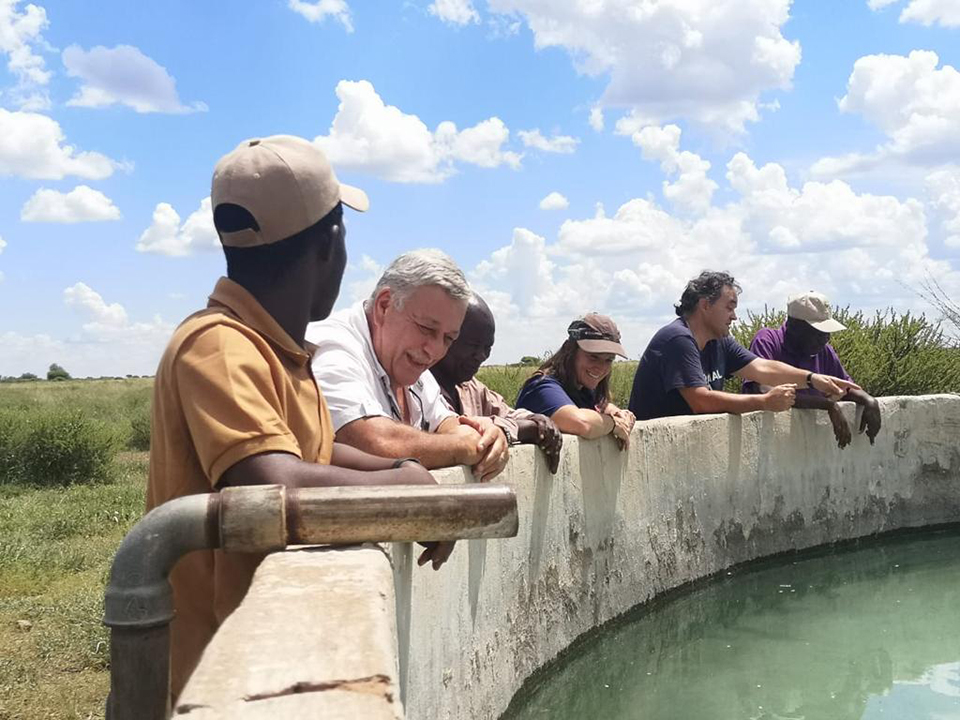
As the world faces an international public health crisis, the crippling impact of a viral threat is top of everyone’s minds. Nearly half the countries across the globe are implementing travel restrictions in some form, but the challenges are perhaps more acute in developing nations, which may not have the financial or institutional resources to cope with a pandemic.
On a much smaller scale, disease outbreaks in aquaculture systems can be similarly devastating, especially for those who are not equipped to deal with them. A South African veterinarian has, however, developed an innovative and cost-effective flagging system to improve health management and biosecurity on fish farms.
“It’s a big challenge for small farmers,” said Dr. Gillian Taylor, speaking to The Advocate. “They just don’t have the funds behind them to manage things in a high-tech way.”
https://www.aquaculturealliance.org/advocate/investing-africas-aquaculture-future-part-1/
Taylor’s system not only minimizes disease introduction and outbreaks, but also helps farmers increase their profit margins and the marketability of their products.
Taylor spent nearly two decades working in small animal practice in Johannesburg, before deciding to specialize in aquatic veterinary science. In 2015, she was accepted into Cornell University’s aquatic veterinary program, and today she runs African Aquatic Veterinary Services.
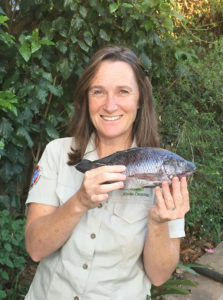
“When I came back from overseas my first stop was at Pretoria University’s vet faculty,” she said. “They had been approached by tilapia farmers to do some research on diseases, but the staff didn’t have time, so they grabbed hold of me.”
She emphasized the proactive role played by the Tilapia Farmers Association of South Africa (TFASA), which spearheaded the project.
“They understood that disease was a massive factor that could potentially impact the productivity of their farms, and they were concerned they might be harboring something and wanted some surveillance done,” she said.
The pathogen project identified key problems affecting fish health and ultimately stunting the success of farmers’ ventures. Taylor conducted a research survey of 19 tilapia aquaculture systems in the country’s northwestern Gauteng and Limpopo provinces. These Nile tilapia (Oreochromis niloticus) farms ranged in size from small 10,000-liter systems of emerging farmers, to 250,000-liter systems at more established enterprises.
Setting up a small outdoor lab at each site, Taylor weighed, measured and examined fish gills and skin under microscope. The farmers also completed an extensive questionnaire to assess their farming practices. This included among others a water analysis – such as temperature, dissolved oxygen, carbon dioxide, ammonia, nitrates, pH, hardness and alkalinity – as well as questions about stocking densities and feed.
In South Africa, Nile tilapia are classified as an exotic: “The government stipulated they have to be farmed in RAS systems to prevent them from getting into our national waterways,” said Taylor. “They are highly invasive and cross-breed with our indigenous tilapia.”
But while tilapia are resilient fish, closed systems present their own challenges and Taylor’s macro and microscopic findings showed evidence of significant stress and subclinical disease. The farming practices affecting fish health included poor water quality, inadequate filtration, high stocking densities, uneconomical fish sex ratios, low quality or quantity of feed, poor disease management and lack of biosecurity.
“The water quality was shocking,” said Taylor. “That was probably the worst finding, and its potential impact on fish health is dramatic.”
However, most fish were not showing visible effects like skin lesions, so farmers were not aware of the problems that were building beneath the surface. Taylor explained that once fish immune systems become stressed, parasites proliferate, causing fish skin and gills to become irritated and susceptible to infection.
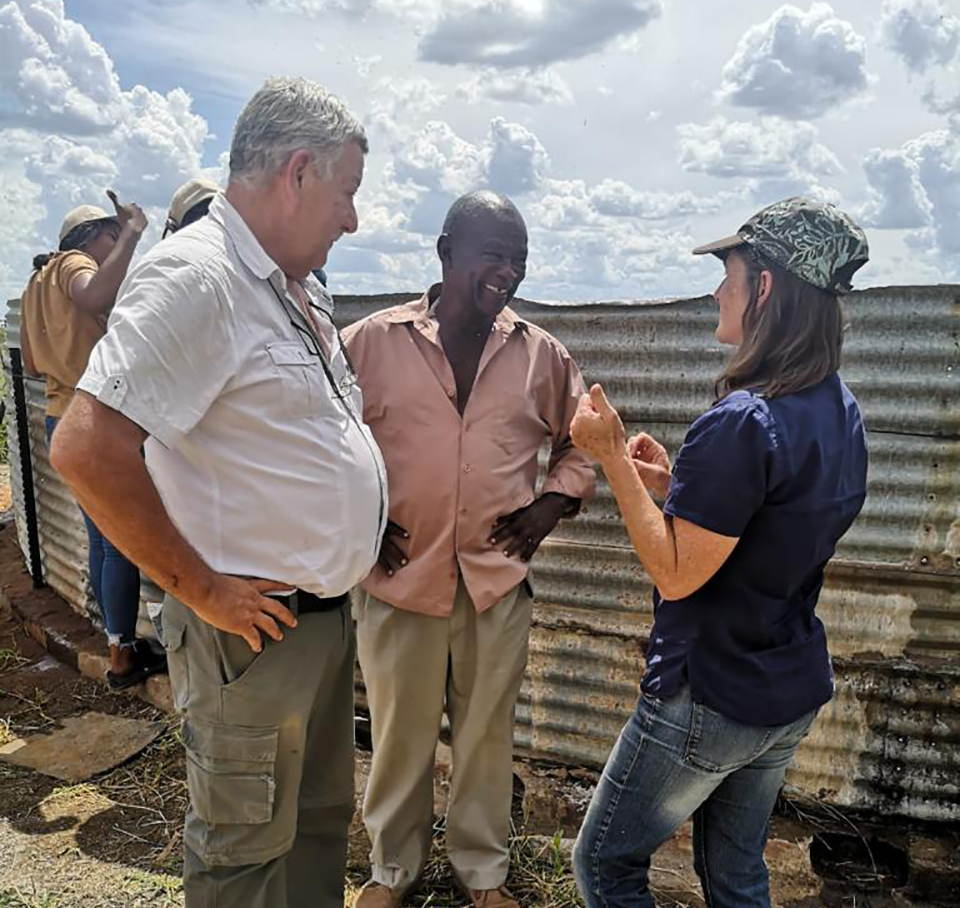
“With fish there’s this kind of beautiful balance,” she said. “They are very tolerant, but if the environment starts going a bit wonky, they stress. However, it’s a subclinical finding, and so the farmers don’t see it. All of a sudden it’s crossed a threshold point and now you get a number of fish dying.”
Mainly, however, the fish had extremely poor growth rates, spending up to 12 or 18, rather than six months, in the systems. “Farmers’ biggest costs are feed and heating water,” said Taylor. “If you’re doubling your feeding time and electrical costs during your grow-out period that has a massive effect on the final productivity of your system.”
The project culminated in a three-tier grading system that Taylor devised to help famers better manage fish health and biosecurity that will hopefully serve as an industry standard. All three levels build upon each another, increasing in difficulty and qualifying requirements – such as training and rigorous screening – moving from Yellow Flag, to Green Flag and, finally, at the highest level, Blue Flag farms.
The scheme is both practical and affordable, as it addresses the fundamentals of basic fish health management by training farmers, while the certification relieves economic pressure. Meeting international OIE (The World Organization for Animal Health) standards, for example, is too costly for many African farmers, and local laboratory diagnostic capacity is moreover poor.
The system is also replicable to other species. While health management would need to be tailored to specific diseases, the principles remain the same. “It’s addressing disease surveillance, it’s addressing training of people, and it’s keeping things bio-secure,” said Taylor. “With those three pillars, you get a good handle on managing disease.”
Taylor acknowledges that the system is not foolproof and that consignments could not be certified as being completely disease-free: “You’re going to get things slipping through the lower grades,” she said. “But I wanted to try at least get them on the ladder, so that they can start addressing things at the bottom and get a measure of control.”
A system like Taylor’s could certainly have potential for other developing countries. In the meantime, however, it’s a promising new development for the South African tilapia industry, and particularly for emerging farmers.
“For many of them, blue flag may never become achievable, but at least if every consignment of fish has got a yellow flag stamp on it, it’s a wielding tool,” she said. “They can potentially sell their fish for more, and that’s my hope.”
Follow the Advocate on Twitter @GAA_Advocate
Now that you've reached the end of the article ...
… please consider supporting GSA’s mission to advance responsible seafood practices through education, advocacy and third-party assurances. The Advocate aims to document the evolution of responsible seafood practices and share the expansive knowledge of our vast network of contributors.
By becoming a Global Seafood Alliance member, you’re ensuring that all of the pre-competitive work we do through member benefits, resources and events can continue. Individual membership costs just $50 a year.
Not a GSA member? Join us.
Author
-

Marie-Louise Antoni
Marie-Louise Antoni is a freelance journalist based just outside of Cape Town, South Africa. She writes on crime, politics, law and the environment.
Tagged With
Related Posts
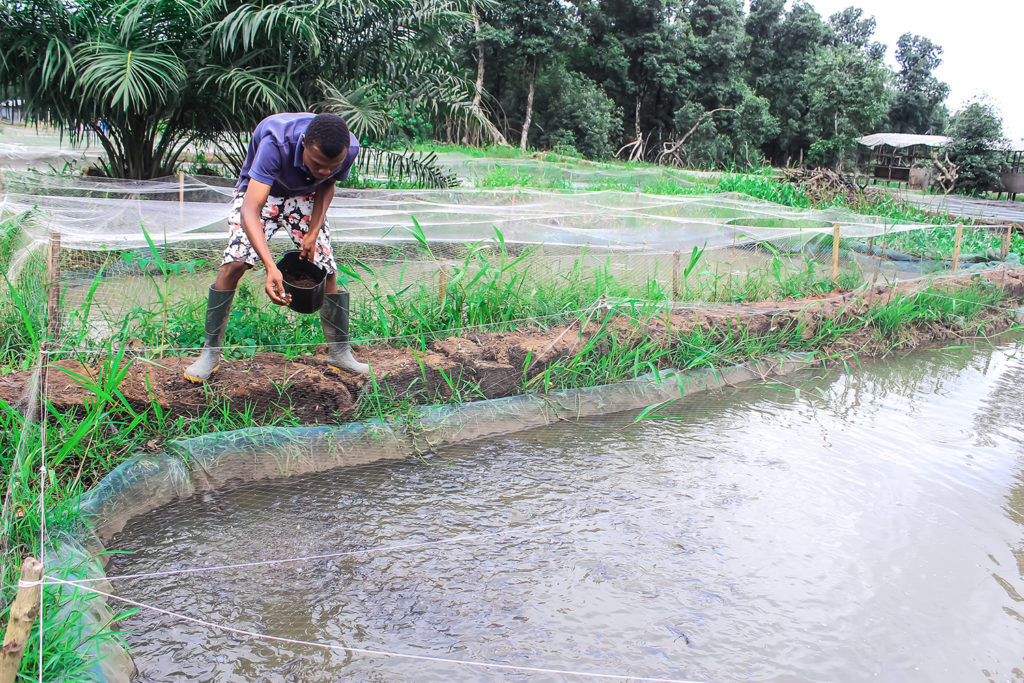
Innovation & Investment
From small fry to big fish for Nigerian catfish farmer
The 28-year-old founder and CEO of Tajin Farms – a catfish supplier and processing operation in Warri, Delta State – talks about his humble beginnings and bold plans for aquaculture in Africa.
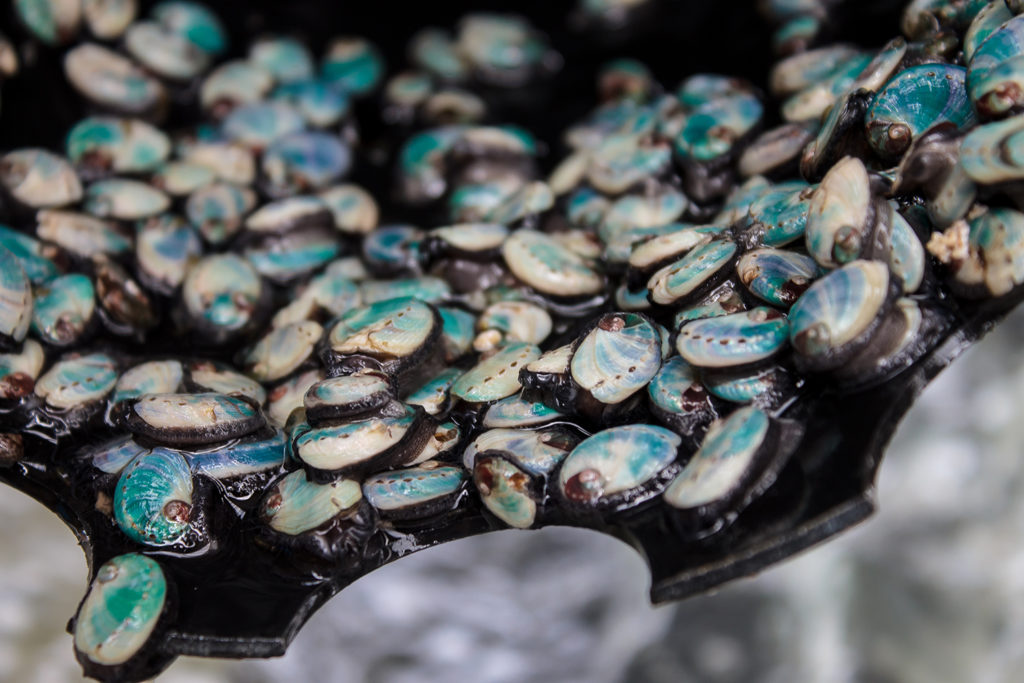
Responsibility
In South Africa, abalone farming goes for gold
Poaching has plagued South Africa’s abalone to the point of decimation. Aquaculture is putting the shellfish back in the water, and back on menus.
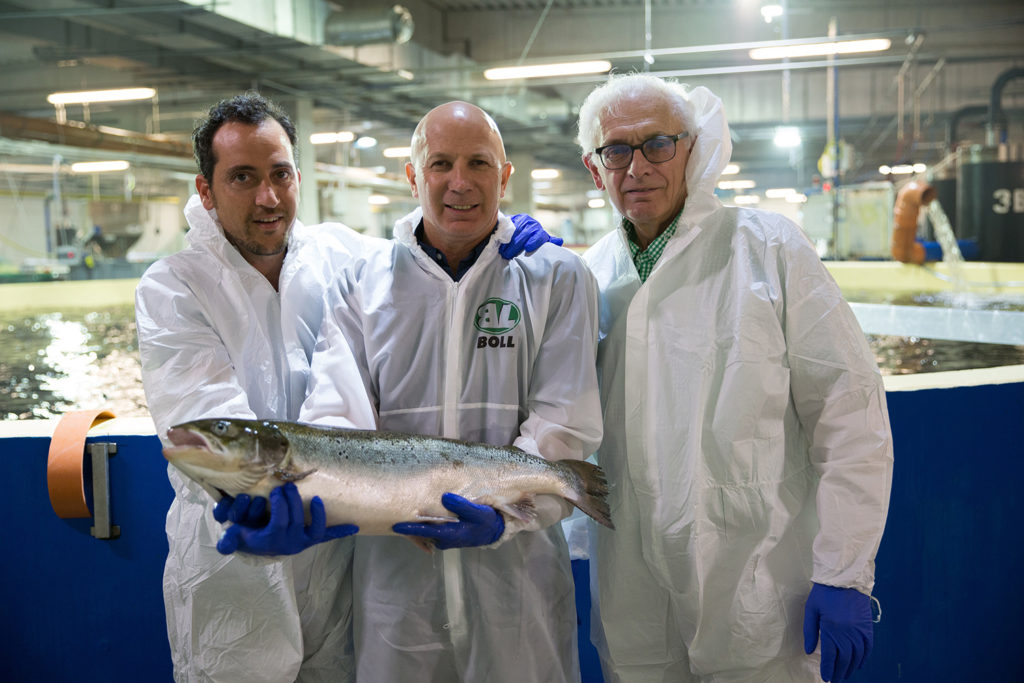
Innovation & Investment
AquaMaof cultivating a ‘new generation’ of fish farmers
Israel-based AquaMaof has seen its RAS technology rolled out to 10 facilities around the world, with more still in the pipeline.
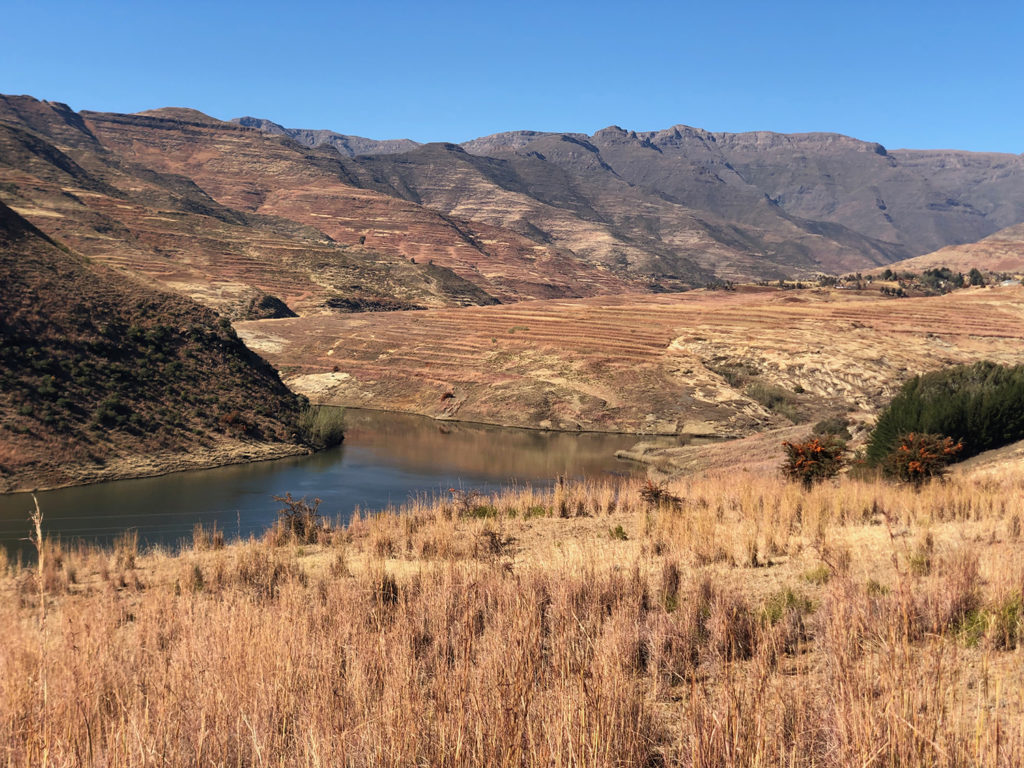
Innovation & Investment
Africa’s first land-based salmon farm a landmark for Lesotho
A Singapore-based company aims to make Lesotho, a nation of 2 million people, known for a local fish that’s truly anything but local: Atlantic salmon.

